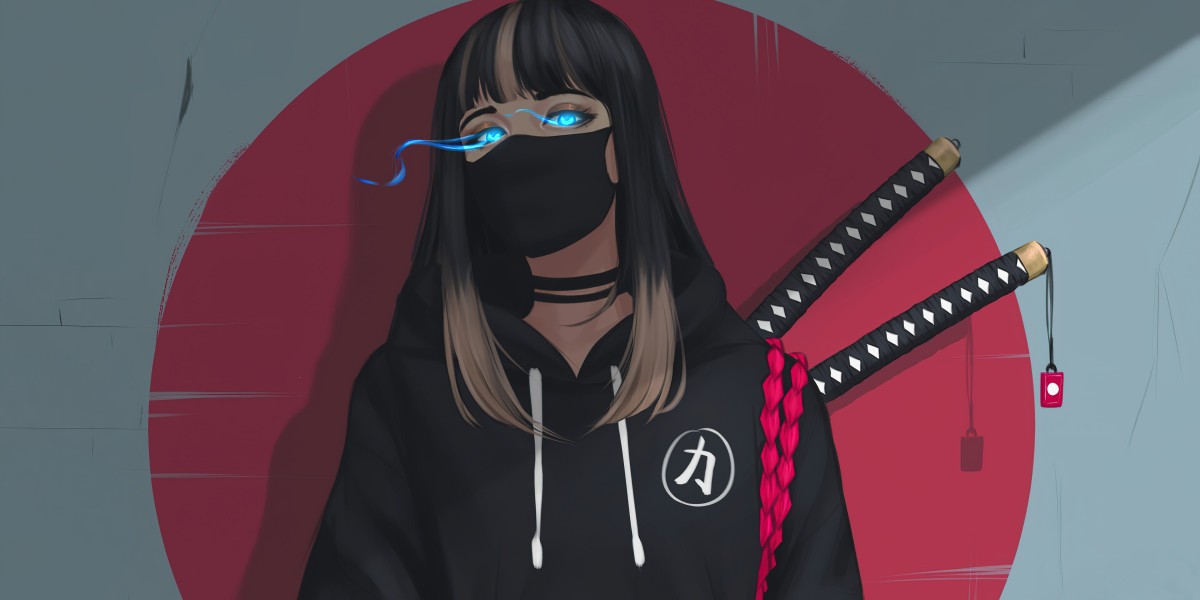The essential hoodie has become one of the most culturally significant items in fashion, transcending its origins as a basic piece of athletic or casual wear to become a symbol of youth culture, individualism, and even social movements. In recent decades, the hoodie has shaped fashion trends, influenced global pop culture, and reflected changing societal attitudes toward identity, comfort, and expression. Here’s a deeper look at how the hoodie has played a role in cultural influence on fashion:
1. Roots in Streetwear and Youth Culture
The hoodie’s evolution in the fashion world is heavily tied to its adoption by streetwear culture, which emerged in the late 20th century. Initially worn by athletes and laborers, the hoodie was embraced by the skateboarding, hip-hop, and urban street culture communities,Essentials Hoodie where it became a symbol of rebellion, nonconformity, and self-expression.
Brands like Supreme, Stüssy, and A Bathing Ape (BAPE) helped popularize the hoodie in the streetwear scene, where it became a uniform of sorts for young people expressing themselves outside of mainstream fashion norms. The hoodie was no longer just a piece of clothing; it was a cultural statement that represented youth's desire to resist conformity, reject the status quo, and carve out a space for individuality.
This cultural revolution made the hoodie a symbol of rebellion in the eyes of many, particularly in subcultures that reject mainstream fashion and embrace DIY aesthetics. As a result, it became closely linked with movements that emphasize authenticity, freedom of expression, and creativity.
2. The Hoodie in Pop Culture and Music
The hoodie’s rise to cultural prominence was significantly fueled by its presence in pop culture, especially through its association with music genres such as hip-hop and punk rock. In the 1990s and early 2000s, the hoodie was embraced by influential figures in music, including artists like Kurt Cobain, Tupac Shakur, Eminem, and later, Kanye West. These figures wore hoodies as part of their public personas, reinforcing the hoodie’s association with youth defiance and counterculture.
Kurt Cobain, the frontman of Nirvana, famously wore hoodies as part of his grunge look, contributing to the hoodie’s image as a symbol of anti-fashion. The oversized, disheveled look became a uniform for fans of the genre, and the hoodie became an iconic part of the grunge aesthetic.
Tupac Shakur and other hip-hop artists wore hoodies in the 1990s, not only as a sign of comfort but also as a representation of their gritty, authentic street experiences. The hoodie became a powerful symbol within the hip-hop community, where it was worn as a form of self-expression and a reflection of urban realities.
Kanye West further solidified the hoodie’s position in high fashion through his own design work with Yeezy. His collections often featured oversized hoodies, elevating them from streetwear to high-end fashion. West’s influence as a musician and designer helped position the hoodie as a must-have item for fashion-conscious individuals.
The hoodie’s ability to transcend genres and be worn by major figures in pop culture made it a global icon, shaping the broader fashion landscape and influencing how people worldwide viewed comfort, style, and personal expression.
3. The Hoodie as a Political and Social Symbol
Beyond fashion and music, the hoodie has become a powerful political and social symbol. One of the most notable moments in the hoodie’s cultural influence came in the aftermath of the tragic death of Trayvon Martin in 2012. The young African American man was wearing a hoodie when he was shot and killed in Florida, sparking a national conversation on issues of race, profiling, and justice in the United States.
In the wake of Martin's death, the hoodie became a symbol of solidarity and protest. Activists and allies wore hoodies to raise awareness about racial profiling and police brutality, particularly within communities of color. The image of people wearing hoodies became a visual protest, signifying the need for change and a call for social justice.
Since then, the hoodie has continued to be associated with various movements, from Black Lives Matter to other calls for equality and civil rights. The hoodie’s association with activism and resistance has expanded its role in modern culture, making it not just a fashion item but a symbol of social change.
4. The Hoodie in High Fashion
While the hoodie’s roots lie in casual wear and street culture, its evolution into the high fashion world has been remarkable. Designers such as Virgil Abloh, Ralph Lauren, and Pharrell Williams have made the hoodie a staple in luxury collections, blending high-end craftsmanship with streetwear influences.
Virgil Abloh’s Off-White brand is a key example of the hoodie’s transition into high fashion. Abloh's approach to luxury streetwear combines premium materials with bold graphic designs, making the hoodie a desirable item for those seeking a mix of street credibility and high-end fashion. His influence in blending these worlds has made the hoodie a more versatile garment—worn both on the streets and in elite settings.
Ralph Lauren, traditionally known for preppy, classic American style, has incorporated the hoodie into his collections in recent years, helping to further solidify the hoodie’s role as an acceptable item in luxury fashion. This shift is a reflection of how street culture’s influence on high fashion continues to grow.
The hoodie has now moved from being a symbol of rebellion to a luxury statement piece, embraced by both young fashion enthusiasts and established designers. It has become one of the most versatile garments, suitable for casual wear or high-end fashion events, and is often seen on the runways and at fashion shows.
5. Global Impact and Customization
The hoodie has also embraced the global trend of customization, with people using it as a platform for personal expression. From graphic designs,Essentials Tracksuit bold slogans, and art prints to personalized embroidery and custom patches, the hoodie has become a canvas for creativity. This speaks to the growing culture of individuality and self-expression in fashion, where people use clothing as a way to convey their beliefs, interests, and identities.
Conclusion
The essential hoodie has evolved from a simple, functional garment into a profound cultural artifact. Its journey through streetwear, music, political movements, and high fashion has reshaped its role in global fashion culture. Today, the hoodie symbolizes much more than comfort and warmth—it represents self-expression, revolutionary movements, and youth culture, all while maintaining its place as a versatile, fashionable garment. Whether worn as a form of protest, a fashion statement, or a casual outfit, the hoodie continues to have a profound cultural impact, shaping








